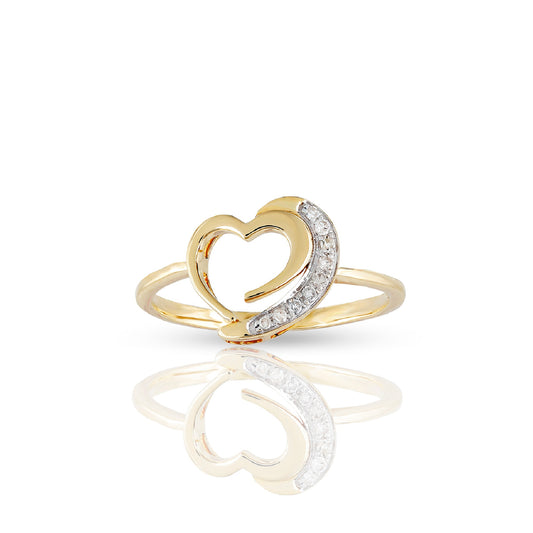Choosing the perfect engagement ring is a significant task that symbolizes love and commitment. With so many styles, metals, and stones available, it can be overwhelming. This guide will help you navigate the process to find a ring that reflects your partner's style and your relationship.
Understanding Your Partner's Style
The first step in selecting an engagement ring is to understand your partner's personal style. Pay attention to the jewelry they already wear. Do they prefer classic pieces or more modern designs? Are they drawn to gold, silver, or perhaps rose gold? Observing their preferences can guide you in choosing a ring that they'll love.
Jewelry Preferences
- Metal Type: Common options include yellow gold, white gold, rose gold, and platinum. Each metal has its unique appeal and durability. For example, platinum is hypoallergenic and very durable, making it suitable for everyday wear.
- Style: Look for clues in their existing jewelry. Do they favor vintage styles or contemporary designs? This can help you decide on the ring's overall aesthetic.
Selecting the Right Metal
Choosing the right metal for the band is crucial. Here are some popular options:
- Yellow Gold: A traditional choice that symbolizes wealth and prosperity.
- White Gold: Offers a modern look with a shiny finish, often plated with rhodium for extra brilliance.
- Rose Gold: Known for its romantic hue, it has gained popularity for its unique charm.
- Platinum: The most durable option; it's ideal for those who want a long-lasting ring.
Choosing the Setting
The setting of the engagement ring plays a vital role in its overall appearance. Here are some common settings:
- Solitaire: Features a single stone, emphasizing its beauty and brilliance.
- Halo: Surrounds the center stone with smaller diamonds, enhancing its size and sparkle.
- Three-Stone: Represents the past, present, and future of your relationship.
- Vintage: Incorporates intricate designs that evoke nostalgia.
Each setting can dramatically change how the ring looks and feels.
Understanding Diamonds: The 4 Cs
If you choose a diamond as the center stone, familiarize yourself with the 4 Cs—cut, color, clarity, and carat weight. These factors determine a diamond's quality and price.
- Cut: Refers to how well the diamond is shaped and faceted. A well-cut diamond reflects light beautifully.
- Color: Diamonds range from colorless (D) to light yellow (Z). Colorless diamonds are rarer and more expensive.
- Clarity: Measures imperfections within the diamond. The fewer inclusions or blemishes, the higher the clarity grade.
- Carat Weight: Indicates the size of the diamond. A higher carat weight typically means a larger stone but also affects price.
Alternative Stones
While diamonds are traditional, consider alternative gemstones if your partner prefers something unique:
- Sapphires: Known for their deep blue color; they symbolize loyalty and nobility.
- Emeralds: Their vibrant green hue represents rebirth and love.
- Moissanite: A lab-created stone that offers brilliance similar to diamonds at a lower cost.
Determining Ring Size
Finding the right size can be tricky if you want to keep it a surprise. Here are some tips:
- Borrow one of their rings (that fits well) to get measured at a jeweler.
- Ask friends or family for help if they know your partner’s size.
- Use online guides that show how to measure finger size using string or paper.
Setting Your Budget
Before shopping, establish a budget that aligns with your financial situation. Engagement rings can vary widely in price based on materials and design complexity. Remember that it's possible to find beautiful options at various price points by balancing quality with size.
Tips for Budgeting
- Consider financing options if necessary.
- Look for sales or discounts at reputable jewelers.
- Remember that smaller diamonds with higher quality (better cut or clarity) can sometimes be more appealing than larger stones of lower quality.
Shopping Experience
When you're ready to shop:
- Visit multiple jewelers to compare styles and prices.
- Ask questions about warranties, return policies, and care instructions.
- Consider custom designs if you have specific ideas in mind.
Conclusion
Selecting an engagement ring should be an enjoyable experience rather than a stressful one. By understanding your partner's style, choosing the right metal and setting, familiarizing yourself with diamonds (or alternative stones), determining ring size, setting a budget, and shopping wisely, you will find a ring that symbolizes your love perfectly.
















